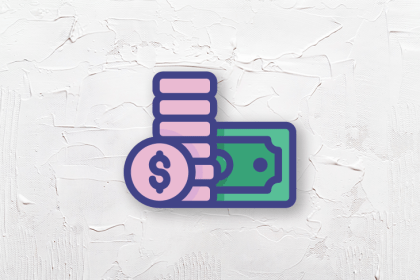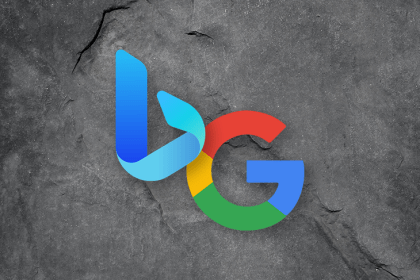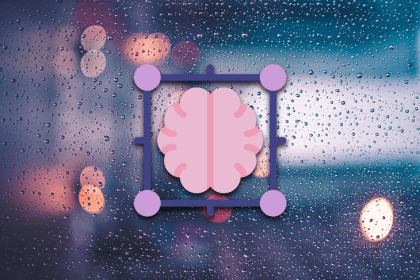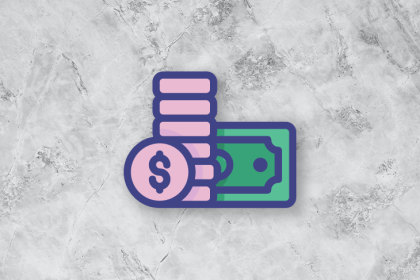
Discover the importance of monetization when introducing new features, when you should consider expanding your monetization strategy, and the difference between vertical and horizontal expansion.

Product managers can extract valuable lessons from Bing’s shift in product strategy and the (significantly, but decreasingly so) one-sided battle for search supremacy.

Cynefin is a decision support framework to help understand the nature of your problem domain and make guided decisions.

Without a proper product information management strategy, you’ll end up with several disparate channels of manual control, increasing dependencies and potential for human error.

Product ops helps to scale the product team, improves feature adoption, and accelerates feedback loops between product, engineering, and customer success teams.

Nowadays, AI is incredibly efficient — so much so that members of product management teams might believe they can wholly depend on it for their work.

Explore some user acquisition strategies to help your product make a lasting impact in the hearts and minds of your target audience, from organic growth to paid advertising, viral campaigns to influencer partnerships, and more.

A user flow diagram is a visual representation of a user’s journey through your product that shows the sequence of actions that a user takes.

For PMs, all decisions are not created equal. Understanding the difference between type 1 and type 2 decisions helps you balance the compulsion to keep things moving with the need to step back and examine the process.

Data may be collected in different places, but it’s ultimately piped into one place where multiple tools and teams can access it. This is a single source of truth.

The free trial is one of the most potent tactics for product-led growth. Explore 8 proven tactics to help you improve your conversion rate and get more paying subscribers by revamping the free trial experience.

While it’s true that our business-facing teams often lead the charge in building brand loyalty, we as product managers play a crucial role in this process too.